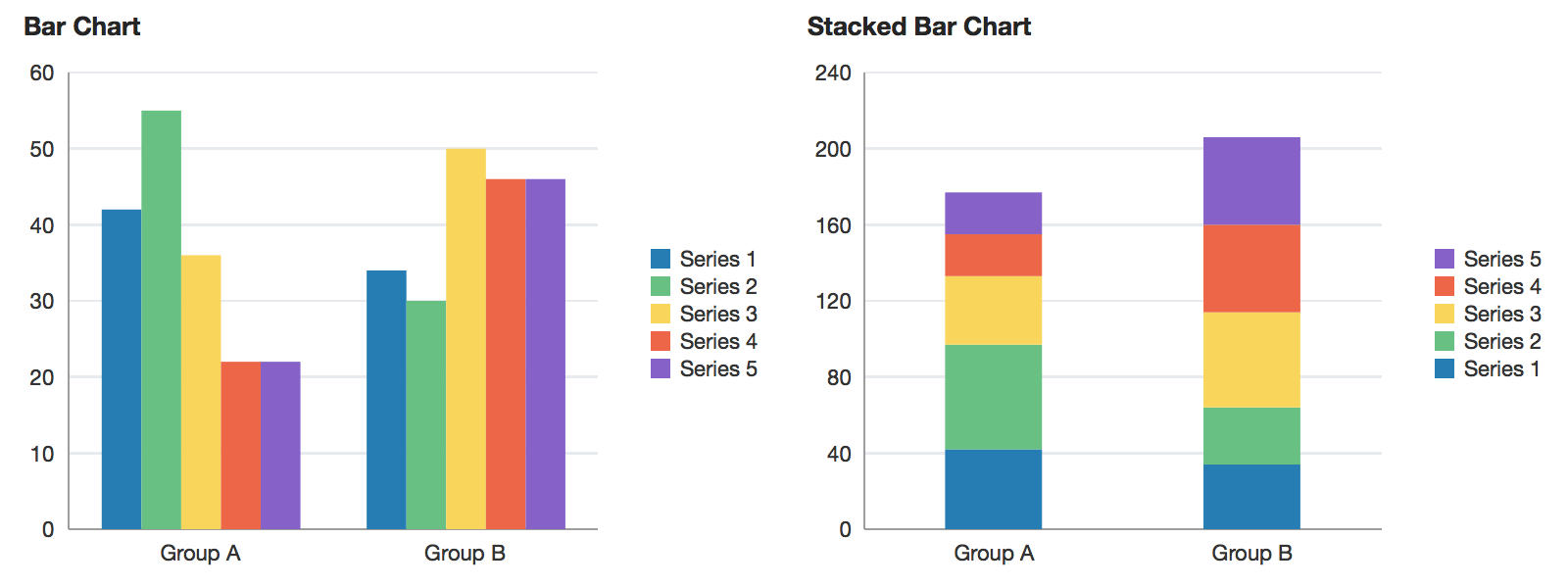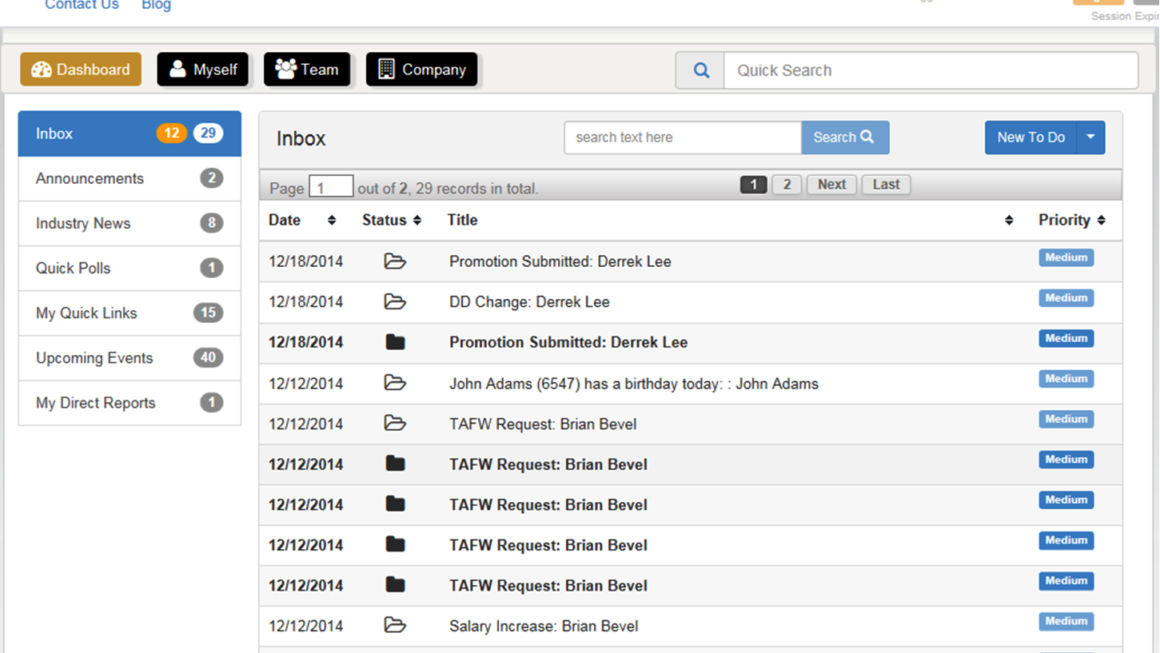Data visualization is a critical aspect of understanding complex information, and among the myriad of visualization tools available, barcharts stand out as one of the most versatile and widely used methods. In this article, we’ll delve deep into the world of barcharts, exploring their history, mechanics, best practices, and real-world applications.
Introduction to Barcharts
Barcharts are graphical representations of data in which rectangular bars of varying lengths are used to illustrate the magnitude of different categories or groups. They offer a visually intuitive way to compare values and identify patterns within datasets. Dating back centuries, barcharts have been instrumental in conveying information effectively, evolving from simple hand-drawn diagrams to sophisticated digital visualizations.
Understanding the Anatomy of a Barchart
A barchart consists of several key components, including the X-axis, Y-axis, bars, and labels. The X-axis typically represents the categories or groups being compared, while the Y-axis denotes the numerical values or frequencies associated with each category. The bars themselves visually represent these values, with their length proportional to the magnitude they represent. Clear labeling, including titles and axis labels, is essential for ensuring the audience can interpret the chart accurately.
Why Barcharts Matter in Data Analysis
Barcharts offer numerous advantages in data analysis, making them indispensable tools for researchers, analysts, and decision-makers alike. Their simplicity and effectiveness in conveying information make them ideal for a wide range of applications, from tracking sales performance to monitoring financial trends. By visually highlighting disparities and trends, barcharts enable stakeholders to make informed decisions based on data-driven insights.
Creating Effective Barcharts
Creating an effective barchart involves more than just plotting data points on a graph. Careful consideration must be given to factors such as chart type, scale, and design. Choosing the appropriate type of barchart, whether vertical, horizontal, grouped, or stacked, depends on the nature of the data and the insights you wish to convey. Similarly, selecting suitable scales and axes ensures that the chart accurately represents the data without distorting its meaning.
Best Practices for Barchart Visualization
While barcharts are inherently simple, there are several best practices that can enhance their effectiveness. Keeping charts simple and uncluttered reduces cognitive load and improves readability. Strategic use of color can draw attention to key points or highlight trends, but excessive use should be avoided to prevent confusion. Additionally, ensuring accessibility for all users, including those with visual impairments, is crucial for effective communication of information.
Tools and Software for Barchart Creation
In the digital age, a plethora of tools and software are available for creating barcharts, ranging from basic spreadsheet programs to specialized data visualization platforms. Popular tools such as Microsoft Excel, Google Sheets, and Tableau offer user-friendly interfaces and powerful features for creating and customizing barcharts. When choosing a tool, considerations such as ease of use, compatibility with existing systems, and scalability should be taken into account.
Advanced Barchart Techniques
For those seeking to take their barchart visualizations to the next level, advanced techniques such as customization and interactivity offer additional opportunities for engagement and insight. Customizing the appearance of barcharts allows for greater control over aesthetics and branding, while incorporating interactive elements such as tooltips and drill-down functionality enables users to explore data in more detail.
Real-world Applications of Barcharts
Barcharts find application across a wide range of industries and disciplines, from finance and marketing to healthcare and education. Case studies and examples demonstrate how organizations leverage barcharts to analyze trends, track performance, and inform decision-making processes. By showcasing real-world scenarios, these examples illustrate the versatility and effectiveness of barcharts as a tool for data analysis and communication.
Challenges and Pitfalls in Barchart Design
Despite their ubiquity, barcharts are not without their challenges. Common pitfalls such as misinterpretation of data, visual clutter, and bias can undermine the effectiveness of barchart visualizations. Recognizing these challenges and adopting strategies to mitigate them is essential for creating clear, accurate, and impactful barcharts.
Conclusion
In conclusion, barcharts are a powerful tool for data visualization, offering a simple yet effective way to convey information and insights. By understanding the mechanics of barcharts, adhering to best practices, and leveraging advanced techniques, individuals and organizations can unlock the full potential of barcharts for analyzing data, communicating findings, and informing decision-making processes.



